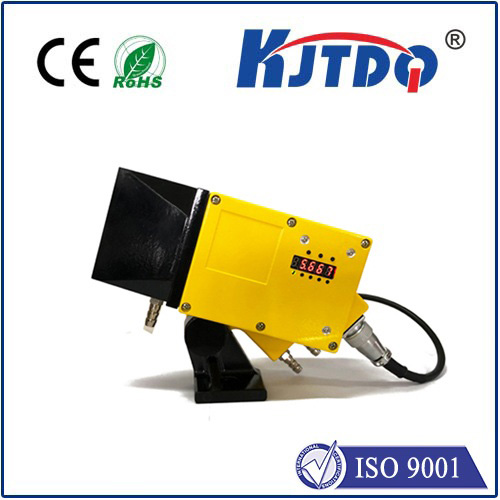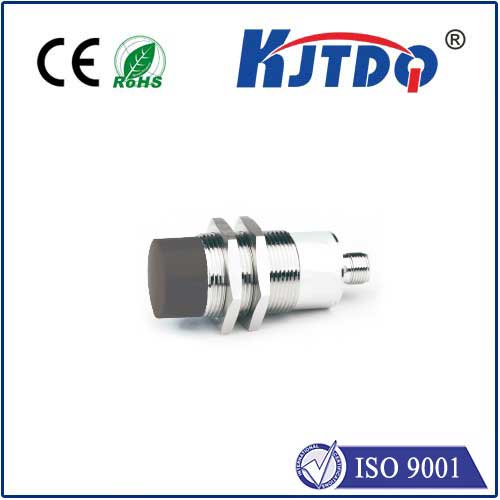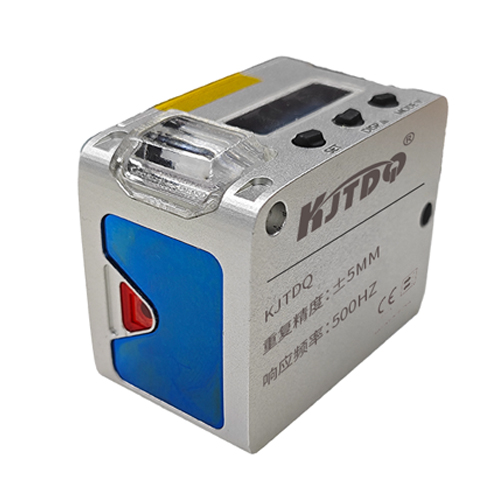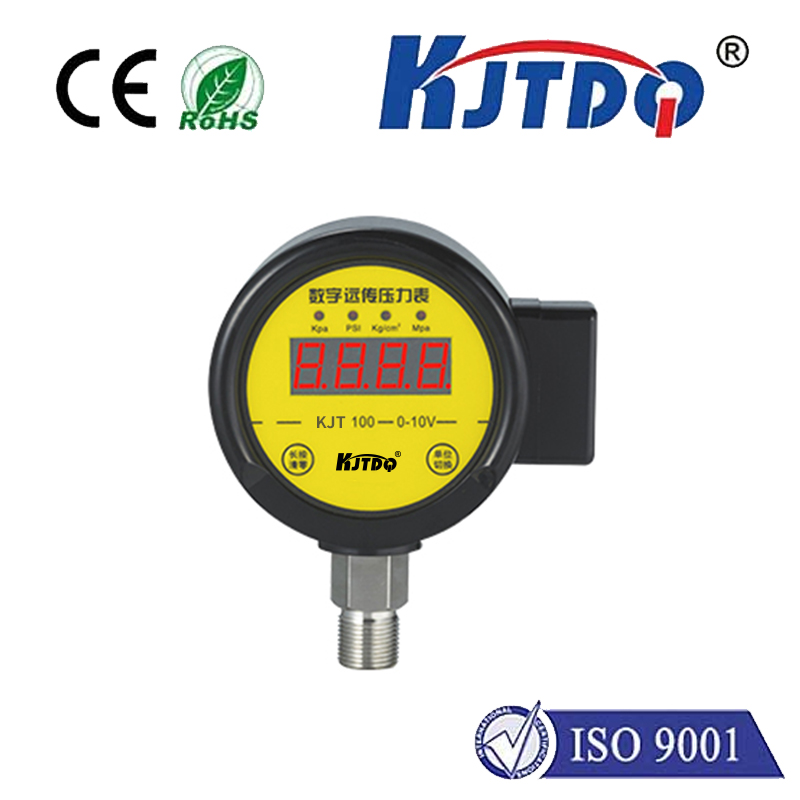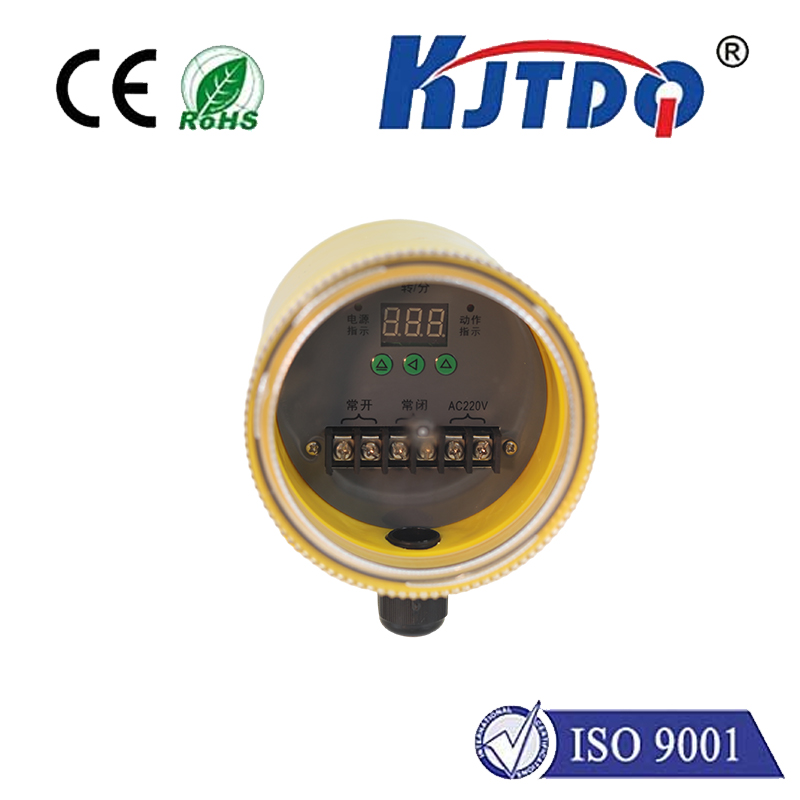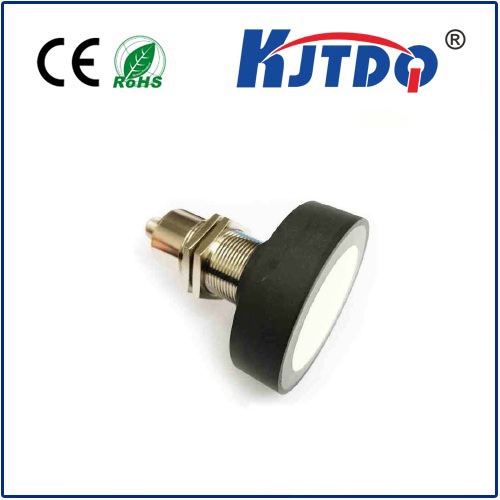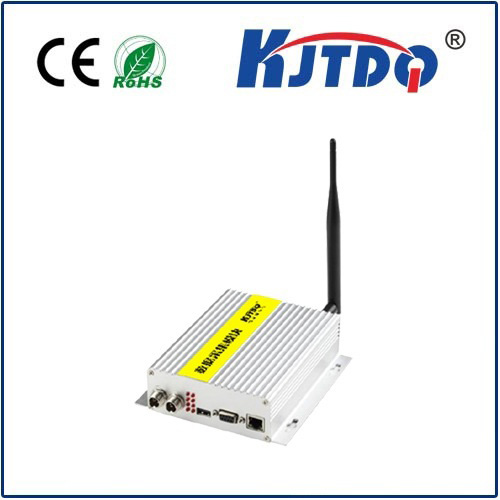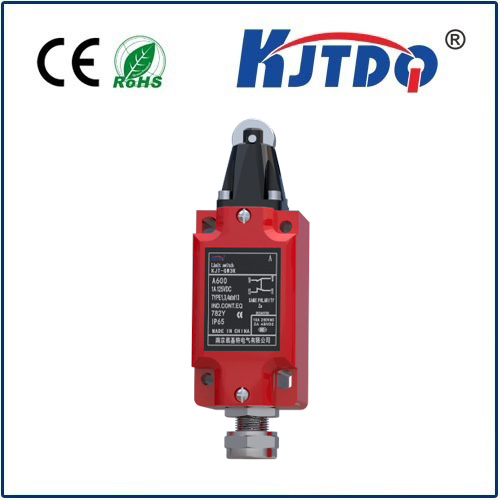photoelectric switch feeding sensor
- time:2025-09-13 00:47:44
- Click:0
How Photoelectric Sensors Revolutionize Feeding Systems in Automation
Imagine a production line humming along, bottles marching steadily towards filling stations, pills cascading into blister packs, or components feeding flawlessly into an assembly machine. Suddenly, a bottle tips, the pill flow hesitates, or a component jams. Without instant detection, chaos ensues—wasted product, costly downtime, potential damage. This critical juncture, where reliable material presence or absence dictates success, is precisely where the photoelectric switch feeding sensor shines as an indispensable guardian of efficiency and precision in modern industrial automation.
At its core, a photoelectric switch feeding sensor functions on a beautifully simple principle: it uses light to detect objects. It consists minimally of a light emitter (like an LED or laser diode) and a light receiver (a phototransistor or photodiode). When an object interrupts or reflects the emitted light beam hitting the receiver, the sensor triggers an electrical signal. This signal acts as a binary message: “Object Present” or “Object Absent”. While the principle is elegant, its implementation versatility drives its ubiquity in feeding applications.

Feeding systems demand unwavering reliability. Whether it’s discrete items like pills, bottles, or auto parts, or bulk materials like powders or granules flowing through chutes and hoppers, knowing exactly when material is present at a specific point is mission-critical. Here’s why photoelectric sensors are often the preferred choice:
- Non-Contact Detection: The sensor never physically touches the material. This is crucial for fragile items (like glass vials), sticky substances, or high-speed lines where contact could cause damage or disruption. It also eliminates wear and tear on the sensor itself.
- High Speed & Precision: Light travels fast! Photoelectric sensors can detect objects moving at extremely high speeds (thousands of times per minute), making them ideal for rapid-fire feeding mechanisms common in packaging, electronics, and pharmaceuticals. Their precision ensures detection accuracy down to minute objects or subtle level changes.
- Versatility Through Sensing Modes: Different feeding scenarios call for different optical configurations:
- Through-Beam (Opposed Mode): Emitter and receiver face each other. Object presence is detected when the beam is broken. Offers the longest sensing ranges and highest reliability for clear object detection, perfect for detecting items passing through a gate on a conveyor feeding into a machine.
- Retroreflective: Emitter and receiver are in the same housing, facing a reflector. Detection occurs when the reflected beam is broken. Ideal for detecting objects where mounting opposite sides is difficult, like monitoring material level in a bin feeding a process.
- Diffuse (Proximity Mode): Emitter and receiver are in the same housing. Detection occurs when light reflected directly off the target object reaches the receiver. Best for detecting objects close to the sensor without a separate reflector, useful for presence checks right at the feed point entry of a machine.
- Handling Diverse Materials: Modern photoelectric sensors feature sophisticated optics and electronics. Background suppression technology allows them to reliably detect dark or shiny objects against complex backgrounds. Contrast sensors excel at detecting labels or marks on packaging materials during feeding processes. Fiber optic variants enable detection in extremely tight spaces or harsh environments near the feed mechanism.
- Robustness: Engineered for industrial environments, quality photoelectric sensors offer significant resistance to dust, moisture (IP67/69K ratings common), vibration, and electrical noise, ensuring stable performance on busy factory floors where feeding systems operate.
Translating this capability into feeding applications yields tangible benefits:
- Precision Feed Confirmation: Does the bottle actually trigger the filling nozzle after being fed into position? Is the component definitely seated correctly before the robot arm picks it up? The sensor provides the definitive “Yes” signal.
- Jam & Flow Detection: Is material flowing freely through the chute or hopper feeding the next stage? A strategically placed sensor detects blockages (no light beam change when expected) or lack of flow (constant beam interruption missing), triggering alarms or stopping equipment before damage occurs. Preventing costly jams is a primary ROI driver.
- Level Monitoring (Bin/Tank Feeding): Diffuse or retroreflective sensors monitor the fill level of hoppers, bins, or tanks feeding downstream processes. They signal when to start or stop material infeed to maintain optimal levels and prevent overflows or run-outs that halt production.
- Count Verification: Ensuring the correct number of items (pills, tablets, parts) has been fed into a package or assembly fixture. High-speed photoelectric switches provide accurate counting capabilities.
- Position Verification: Confirming that a part presented by a feeder bowl or conveyor is correctly oriented before allowing the next action (like robotic pick-up).
Selecting the Optimal Photoelectric Feeding Sensor:
Choosing the right sensor is paramount for effective feeding control. Key factors include:
- Sensing Range & Required Distance: How far away is the object you need to detect? Through-beam offers the longest range.
- Object Characteristics: Size, color, surface finish (shiny, matte, transparent)? This heavily influences the best sensing mode and sensor technology (e.g., background suppression for difficult surfaces).
- Environmental Conditions: Dust, steam, spray, temperature extremes, or intense ambient light? Consider IP rating, housing material (stainless steel often preferable for food/pharma), and specialized light frequencies (like laser for long range or resistance to ambient light).
- Required Response Speed: Match the sensor’s switching frequency to the speed of your feeding process.
- Output Type Needed: Discrete PNP/NPN (common for PLCs), analog (for level), or IO-Link (for smart diagnostics and parameterization).
Photoelectric feeding sensors are not just components; they are the vigilant eyes of automated feeding processes. Their ability to provide fast, accurate, and non-contact detection of material presence, absence, level, position, and flow makes them fundamental to achieving the goals of modern manufacturing: maximizing efficiency, minimizing waste, ensuring product quality, and preventing costly downtime. In the intricate dance of material flow that underpins automation, these optical sentinels ensure every step happens precisely when and where it should.







